French Bulldogs, with their adorable wrinkled faces and compact bodies, have captured the hearts of dog lovers worldwide. However, those charming skin folds that give them such expressive faces also require diligent care to prevent infections and discomfort. Proper cleaning of a Frenchie’s skin folds isn’t just about aesthetics—it’s a crucial part of their health regimen.
The folds in a French Bulldog’s skin create warm, moist environments that can become breeding grounds for bacteria and yeast. Without regular cleaning, these areas can develop irritation, redness, and even painful infections. Many owners underestimate the importance of this routine until their pet starts showing signs of discomfort, such as excessive scratching or foul odors emanating from the folds.
To properly clean your Frenchie’s skin folds, you’ll need to gather the right supplies. A gentle, dog-safe cleanser is essential—human products can be too harsh for their sensitive skin. Many veterinarians recommend using specialized canine wipes or a mild, hypoallergenic shampoo diluted with water. Cotton balls or soft gauze pads work well for application, and you should always have dry, clean towels on hand for thorough drying afterward.
The cleaning process should be approached with patience and care. Begin by gently separating each fold to expose the skin underneath. Using your chosen cleaning solution, carefully wipe away any dirt or debris that has accumulated. Pay special attention to the facial folds around the nose and eyes, as these areas tend to collect the most moisture and debris. The tail pocket, a common feature in French Bulldogs, also requires regular attention as it’s particularly prone to infection.
Drying the folds completely after cleaning is perhaps the most critical step many owners overlook. Moisture trapped in the folds can lead to the very problems you’re trying to prevent. Use a soft, absorbent towel to pat each fold dry, and consider using a blow dryer on the cool setting to ensure no dampness remains. Some owners find that a small amount of cornstarch applied lightly to dry folds can help absorb residual moisture, though this should be done sparingly.
The frequency of cleaning depends on your individual dog and their specific needs. Most French Bulldogs benefit from fold cleaning at least once weekly, but dogs with deeper folds or those prone to skin issues may require daily attention. During warmer months or periods of high humidity, you may need to increase cleaning frequency as moisture accumulates more quickly in the folds.
Recognizing early signs of skin fold dermatitis can help prevent more serious complications. Watch for redness, excessive scratching at certain areas, or an unusual odor coming from the folds. Some Frenchies may exhibit behavioral changes like rubbing their faces against furniture if their folds are causing discomfort. At the first sign of irritation, increase cleaning frequency and consult your veterinarian if symptoms persist.
Diet plays an often-overlooked role in skin fold health. French Bulldogs with food sensitivities may experience increased skin irritation and oil production, which exacerbates fold problems. High-quality dog food with limited ingredients can sometimes improve skin health significantly. Some owners report improvement when adding omega-3 fatty acid supplements to their Frenchie’s diet, though you should always consult your vet before making dietary changes.
Seasonal changes require adjustments to your fold care routine. Summer’s heat and humidity mean more frequent cleaning may be necessary, while winter’s dry air might call for occasional application of vet-approved moisturizers to prevent cracking. Always be mindful of your dog’s comfort during cleaning sessions—if they seem resistant, try breaking the process into shorter sessions or incorporating treats as positive reinforcement.
Professional grooming can complement your at-home care routine. Experienced groomers know how to handle French Bulldog folds safely and may spot potential issues you’ve missed. However, never assume regular grooming appointments eliminate the need for your weekly fold maintenance—consistent home care remains essential for preventing problems between professional sessions.
For French Bulldog puppies, establishing a fold-cleaning routine early helps them become accustomed to the process. Start with brief, gentle sessions and gradually increase thoroughness as your puppy grows more comfortable. Early positive experiences with fold cleaning can prevent resistance and stress as your dog matures, making this necessary health practice easier for both of you.
Innovative products continue to emerge to help French Bulldog owners manage skin fold care. From specially designed cleaning wipes to fold-drying powders, the market offers various solutions. However, the simplest methods—regular cleaning with appropriate products and thorough drying—remain the most effective. Always research new products carefully and consult your veterinarian before trying unfamiliar treatments.
The bond between owner and French Bulldog deepens through these care routines. What begins as a necessary health maintenance task often becomes a cherished ritual of connection. Taking the time to care for your Frenchie’s unique needs demonstrates your commitment to their wellbeing and ensures those characteristic wrinkles remain as healthy as they are charming.
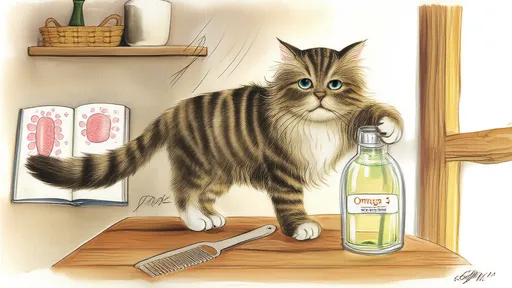
By /Jun 28, 2025
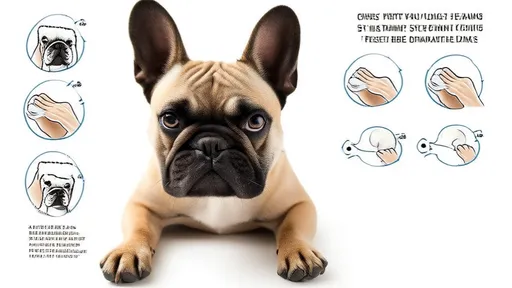
By /Jun 28, 2025
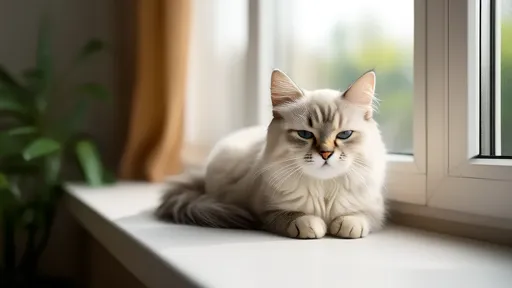
By /Jun 28, 2025

By /Jun 28, 2025
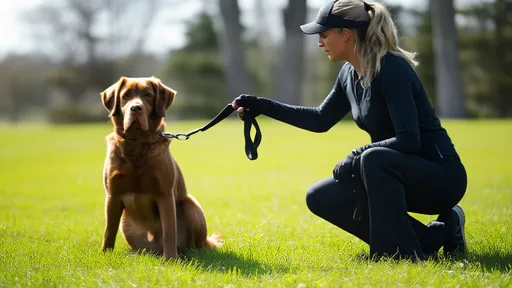
By /Jun 28, 2025

By /Jun 28, 2025
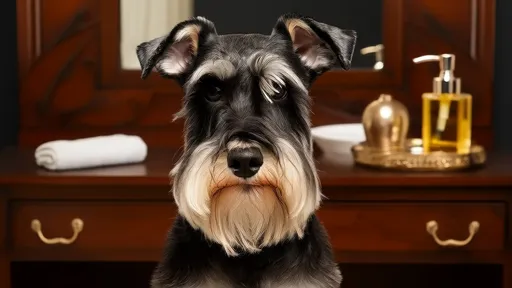
By /Jun 28, 2025
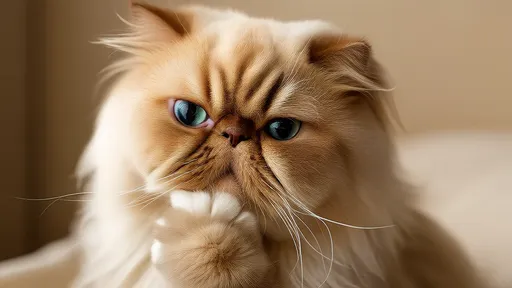
By /Jun 28, 2025

By /Jun 28, 2025

By /Jun 28, 2025
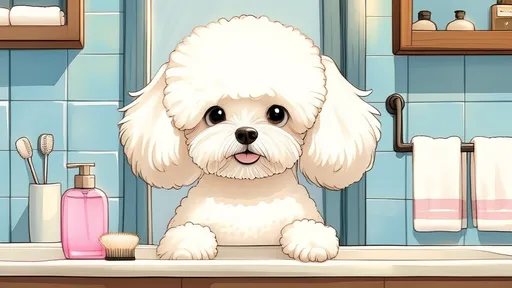
By /Jun 28, 2025
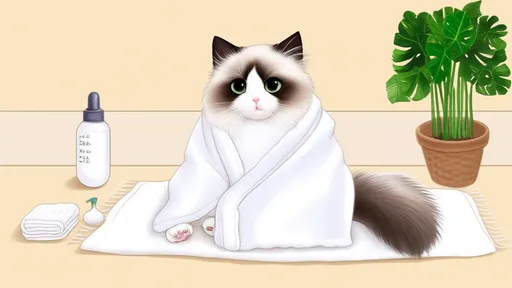
By /Jun 28, 2025

By /Jun 28, 2025
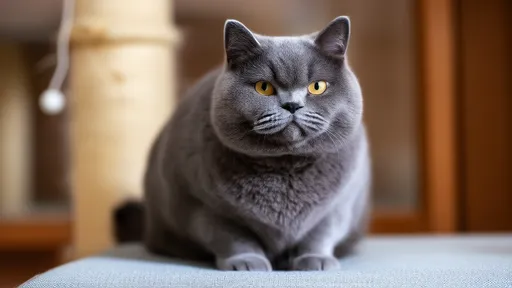
By /Jun 28, 2025
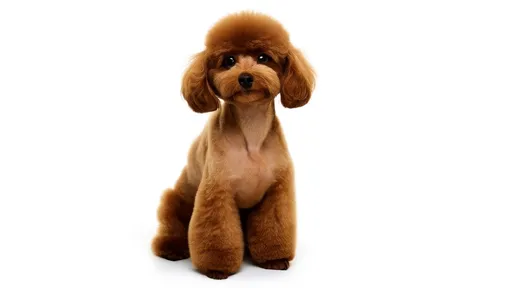
By /Jun 28, 2025

By /Jun 28, 2025

By /Jun 28, 2025
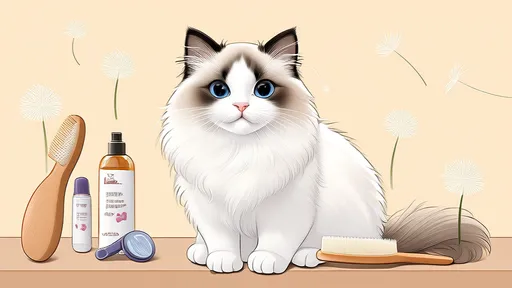
By /Jun 28, 2025